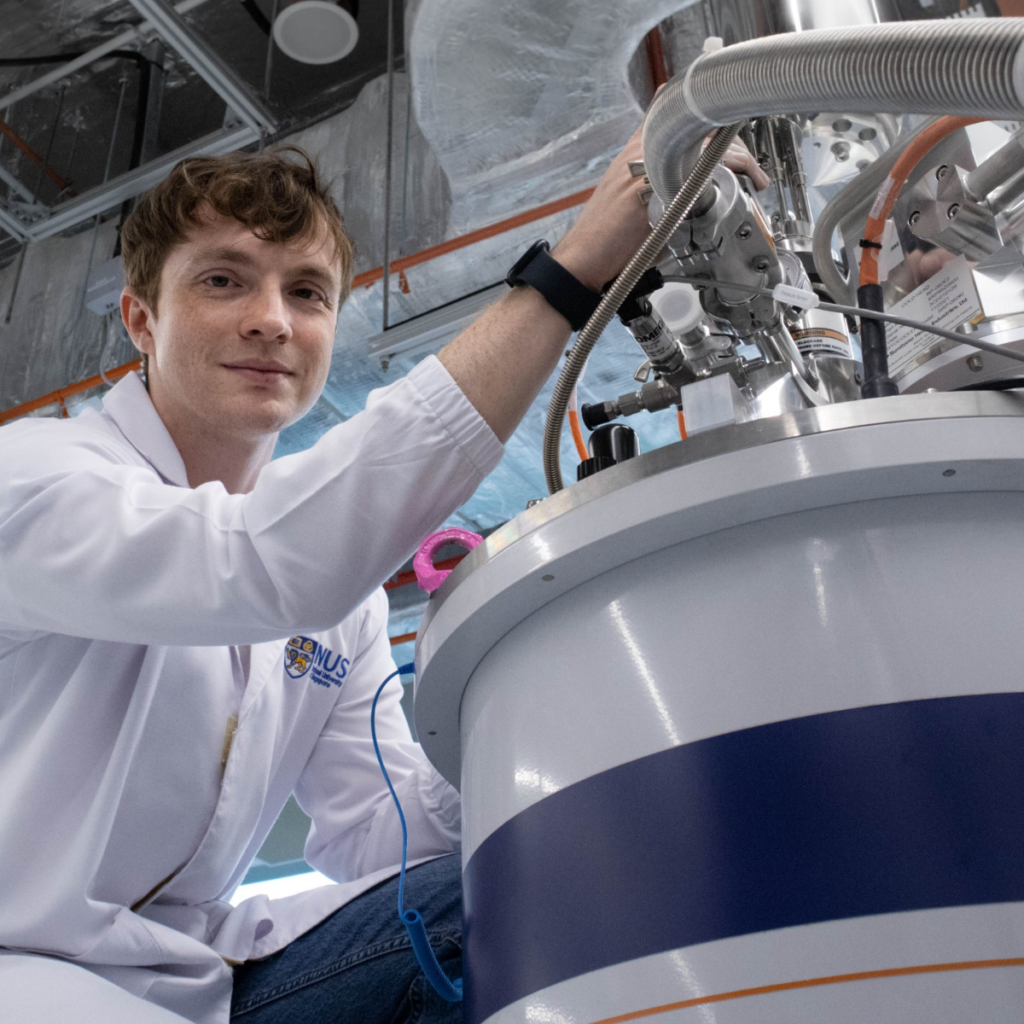
Graphene has been found to exhibit remarkable and unexpected magnetoresistance properties, potentially paving the way for the development of next-generation electronics.
A breakthrough in graphene research has revealed previously unknown properties of the one-atom-thick material, opening the door to new possibilities for advancements in electronics, data storage, and sensor-based applications.
Conducted by an international team of researchers from the National University of Singapore (NUS), the University of Manchester (UOM), and the University of Lancaster (LU), the groundbreaking research shed light on the magnetoresistance of single-layered graphene sheets, exploring how the material’s electrical resistance is influenced by external magnetic fields.
Thanks to modern, high-quality graphene devices, coupled with a novel research approach, the team discovered that graphene exhibits an extraordinarily high increase in magnetoresistance in the presence of weak magnetic fields—orders of magnitude higher than any other known material at similar conditions.
Moreover, the study found that in stronger magnetic fields, a new type of electrical resistance appears, which is nearly temperature independent. These results offer an exciting opportunity to further explore the underlying physics in a well-defined two-dimensional system such as graphene, which can lead to innovative applications and inventions.
The research team, led by Assistant Professor Alexey Berdyugin from the Department of Materials Science and Engineering, College of Design and Engineering, NUS and Sir Andre Geim, Distinguished Visiting Professor, NUS Department of Materials Science and Engineering, NUS Department of Physics, and the Institute for Functional Intelligent Materials( I-FIM), together with Professor Leonid Ponomarenko from LU’s Department of Physics, published their findings in the scientific journal Nature on 12 April 2023.
Limitations spur innovations
Graphene is frequently referred to as the “new wonder material”. Despite being much thinner than a sheet of paper, it boasts remarkable electrical properties and exceptional mechanical strength—about 200 times stronger than steel by weight.
These extraordinary properties have captivated researchers, driving them to delve deeper into the intricacies of graphene, as they seek to unlock its potential to transform various fields.
Magnetoresistance is another property researchers are interested in due to its promising applications in advanced electronic devices. According to classical theory, the resistivity of a material is directly related to its inherent electron mobility, or the speed at which charge carriers respond to an applied voltage.
In semimetals like graphite and bismuth, subjected to increasing magnetic field strength, magnetoresistance increases without reaching a limit. However, this phenomenon only holds true at ultra-cold conditions of absolute zero. The challenge lies in maintaining this effect at ambient conditions, which is crucial for developing practical electronic devices.
Graphene, already known for its unparalleled electron mobility at room temperatures, was further inspected by the researchers. They discovered that under specific conditions, this wonder material can be transformed into a semimetal, revealing exceptionally high electron mobility even at ambient conditions — which results in a magnetoresistance almost 10 times higher than any other material known.
In a serendipitous twist, when the research team increased the strength of the magnetic field further, they encountered an unexpected phenomenon. While classical theory predicts a parabolic growth of magnetoresistance as the field strength increases, graphene displayed a linear pattern instead.
This deviation from conventional wisdom hints at the possibility of new, exotic physics waiting to be uncovered and exploited.

Taking the unconventional route pays off
The researchers attributed their impressive feat to their innovative methodology. “Observing such record-breaking magnetoresistance requires extremely high-quality graphene devices, which we created using state-of-the-art nanofabrication techniques,” explained UOM’s Dr Na Xin, the study’s lead author.
In analysing graphene, the team deliberately took a different approach. Instead of lowering the temperature of their cryostat, a piece of laboratory equipment designed for precise temperature control, they increased it to explore previously uncharted phenomena.
UOM’s Dr Piranavan Kumaravadivel, a joint leading author, added, “Typically, researchers use cryostats to cool down novel materials to temperatures close to absolute zero.”
“Such conditions are believed to be optimal in the hunt for new phenomena,” continued UOM’s Dr James Lourebam, also an equal contributor to the study. “That’s not always the case!”
At the forefront of research, the team’s work supports NUS’ goal of advancing materials science, paving the way for disruptive devices such as magnetoresistive random-access memory (MRAM), next-generation computer drives that could revolutionise data processing and storage.
“Three Nobel Prize winners and hundreds of talented researchers have contributed to understanding the fundamental theory of magnetoresistance,” concluded Asst Prof Berdyugin. “However, many mysteries remain, and much work is needed to develop a comprehensive understanding. Our research is a significant step in that direction.”
* Article from College of Design and Engineering, NUS news

